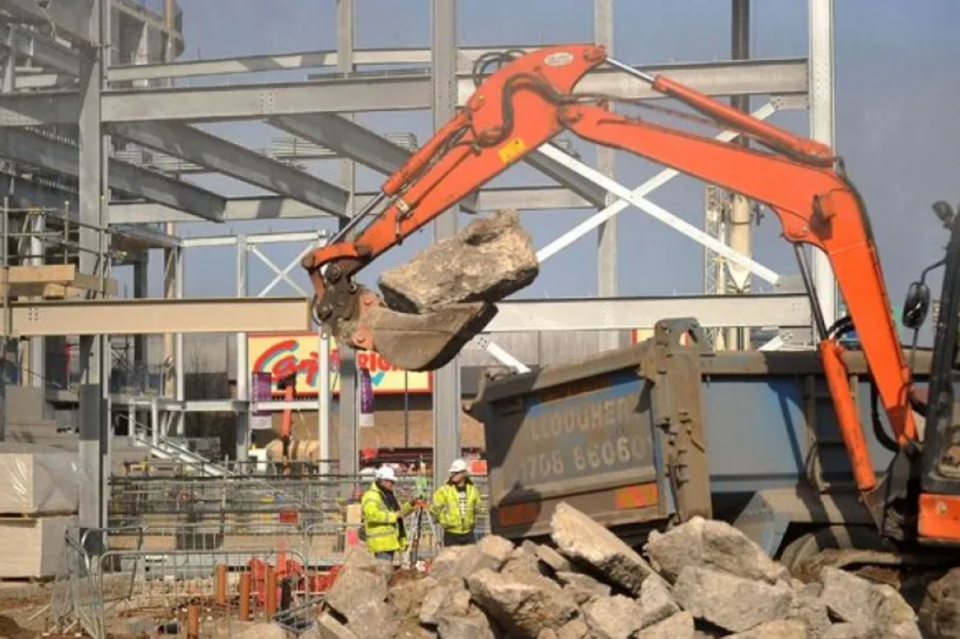Ashtead shares dip on cautious sales outlook as rumours swirl on London exit

Ashtead has reported record full-year revenue and profit as rumours continue to swirl over a potential switch from London to New York’s stock market. However, shares dipped in morning trading as the FTSE 100 giant warned of slowing rental sales over the year ahead.
The firm, which rents heavy machinery to the construction industry, raked in $10.86bn (£8.4bn) in revenue for the year to 30th April 2024, up 12 per cent year-on-year, while operating profit rose five per cent to $2.7bn (£2.1bn).
But rental revenue growth slowed sharply to 10 per cent, down from 22 per cent year-on-year and it forecast a further fall of up to eight per cent for the rest of the year.
Earnings before interest, taxation, depreciation and amortization (EBITDA) came in at $4.9bn (£3.9bn), up 11 per cent on the prior year. The group has rewarded investors with a bumper dividend every year since 2005 and today proposed a final dividend of 89.25¢ (70.3p), giving a full-year dividend of 105¢ (83p), up from 100¢ (79p) in 2023.
Ashtead’s chief executive, Brendan Horgan, said: “The Group’s operating performance continues to be strong with record revenue and operating profit.” But he noted a dip in adjusted pre-tax profit to $2.2bn resulting from “higher interest expense” and reflecting the interest rate environment and increased average debt levels.
Markets reaction to the news was lukewarm after management’s conservative guidance. Shares fell over four per cent in early trading.
“Ashtead’s markets are slowing,” Matt Britzman, equity analyst at Hargreaves Lansdown, said. “Whether you look at revenue, profit, or guidance, it’s hard to see much for markets to get excited about here. Management would be forgiven for giving slightly conservative guidance for the coming year after several disappointments of late, and it looks like that’s the case.
He added: “Ashtead is still demonstrating its strength, just in a softer market. The larger construction equipment players are taking market share, and that plays right into Ashtead’s hands.”
“Mega-projects in the US will continue to act as a medium-term tailwind, and it was positive to see rental rates showing strength in the final quarter. This had been an area of concern going into the results. Longer term, the US rental market is fragmented and there’s a growing appreciation from end-users as to the benefits of rental over ownership.”
It comes amid speculation Ashtead, which has a market cap of £24.7bn, could become the latest FTSE constituent to ditch London markets for the US. The firm is understood to have instructed City advisers to explore the possible benefits of a US listing.
This would mean Ashtead joins the likes of Flutter, the building materials supplier CRH, and the plumbing group Ferguson, which have shifted their listings from London to New York in recent years. Like those businesses, it has a large North American segment that is responsible for the lion’s share of earnings.
“Our end markets in North America remain robust with healthy demand, supported in the US by the increasing proportion of mega projects and the ongoing impact of the legislative acts,” Horgan told markets in a statement.
“We are in a position of strength, with the operational flexibility and financial capacity to capitalise on the opportunities arising from these market conditions and ongoing structural changes.”

 Yahoo Finance
Yahoo Finance 